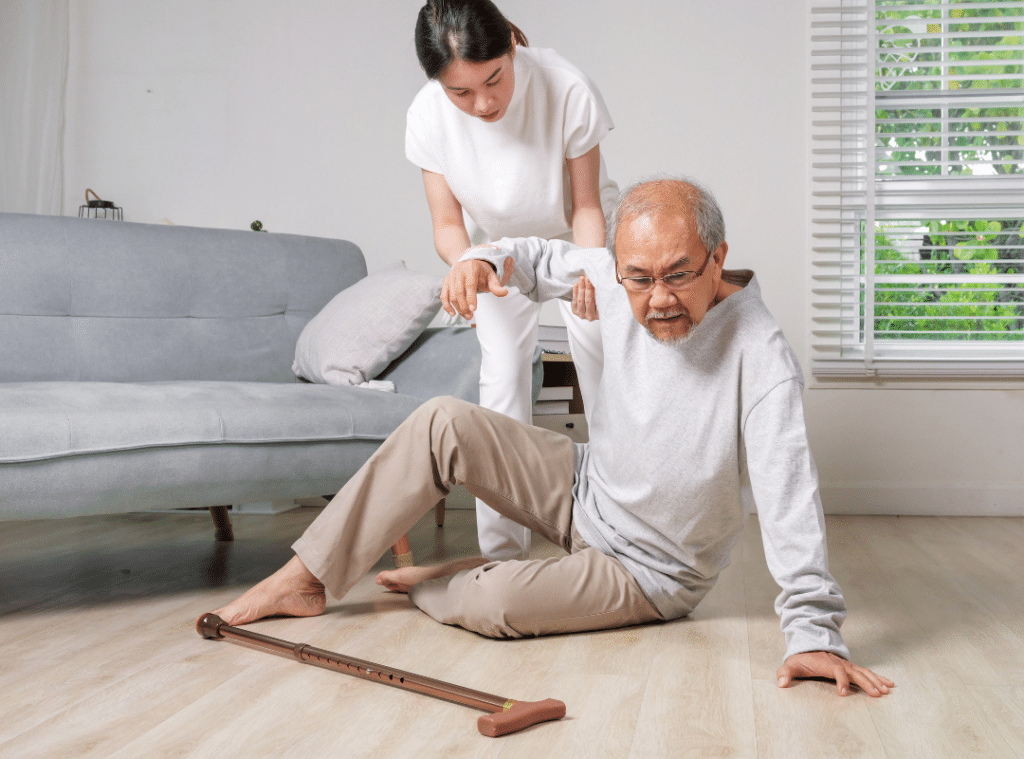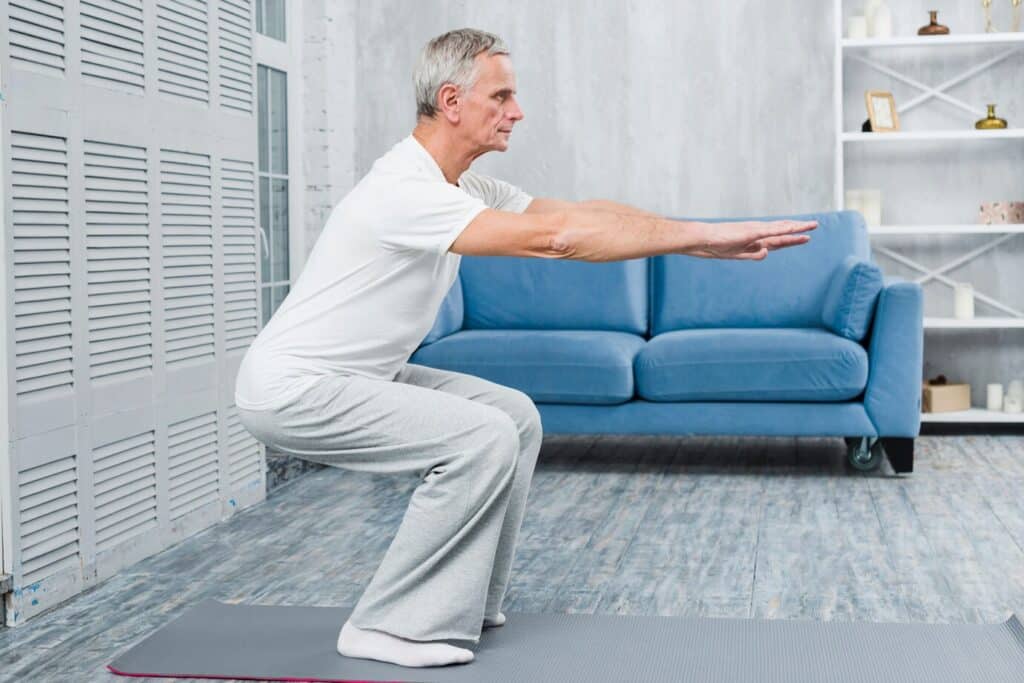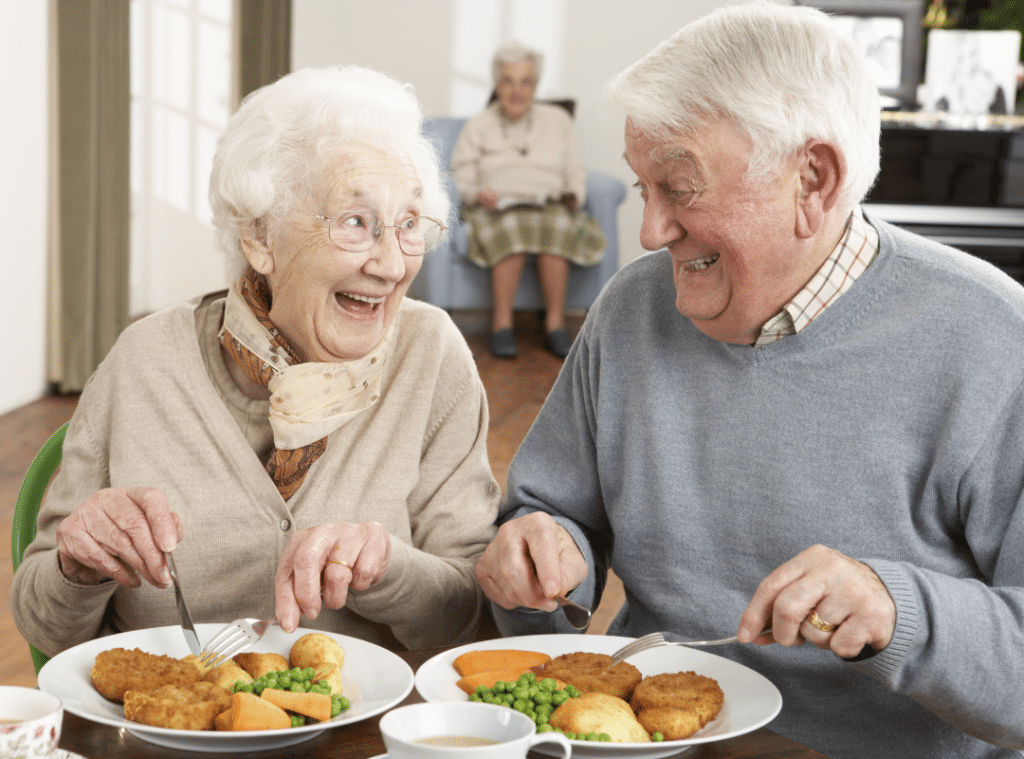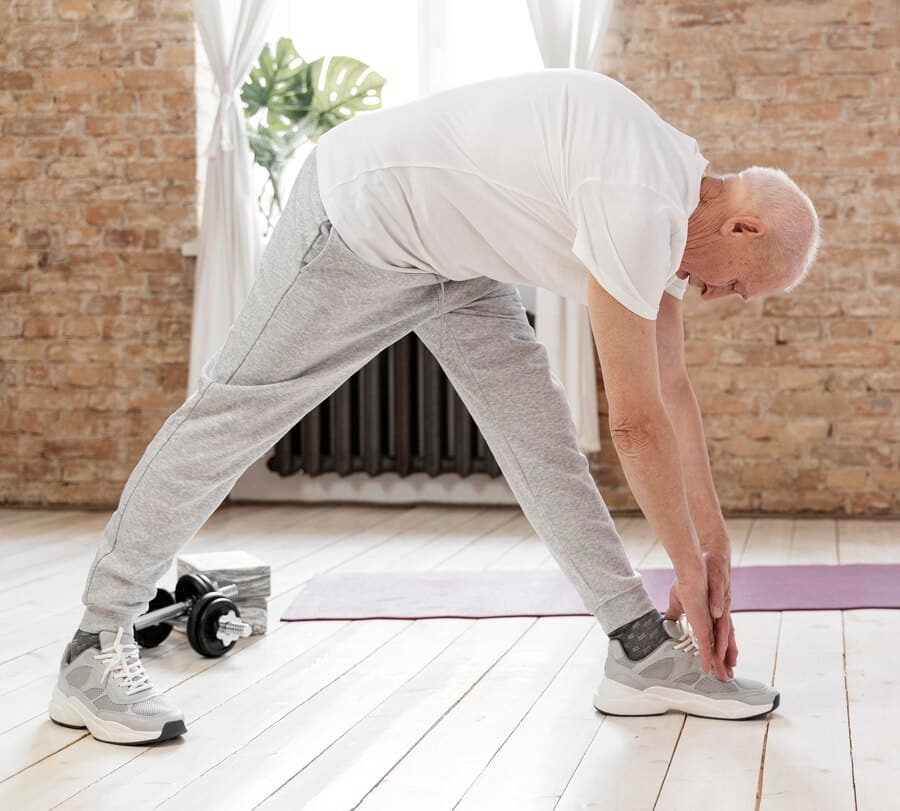What Prevents Falls in Seniors? Top Safety Strategies
Preventing falls in seniors is essential for maintaining their independence and safety. At Westmont of La Mesa, we emphasize making simple changes at home, like removing tripping hazards and improving lighting.
Encouraging regular exercise can also strengthen balance and coordination. However, the environment is only one factor to consider. Understanding the underlying factors contributing to falls can help you create a thorough safety plan.
Let’s explore the top strategies for keeping seniors safe and stable, focusing on the exceptional care provided at Westmont of La Mesa.
How to Prevent Falls in Seniors: Essential Tips for Safety
As you age, the risk of falling can increase, but there are several practical steps you can take to enhance your safety and maintain your independence. Start by evaluating your home environment. Remove tripping hazards like loose rugs or clutter, and make sure your living spaces are well-lit. Consider installing grab bars in bathrooms and railings on stairs to provide extra support. Wearing well-fitted shoes with non-slip soles can significantly improve your stability. Regular exercise, particularly strength and balance training, helps you stay agile and confident. Don’t hesitate to ask for help from family or friends when needed; you’re not alone in this journey. Embracing these strategies can empower you to live safely and actively. Regular medication reviews can also help identify drugs that might impair your balance or cognitive function.
How to Prevent Falls in Elderly at Home: Simple and Effective Safety Tips
To guarantee your safety at home, taking proactive steps to reduce your fall risk considerably is crucial. Making your environment safer helps and gives peace of mind to those who care about you. Here are three simple strategies to implement:
- Declutter your space: Keep walkways clear of furniture, rugs, or other obstacles that might cause tripping.
- Improve lighting: Verify all areas of your home are well-lit, especially stairs and hallways. Consider using night lights for better visibility at night.
- Install grab bars: To provide extra support and stability, place grab bars in bathrooms and near stairs. Additionally, consider using fall-prevention devices, which can significantly improve overall safety in the home.
Nursing Interventions to Prevent Falls in Older Adults: Best Practices for Caregivers
When caring for older adults, implementing effective nursing interventions can significantly reduce the risk of falls. Start by evaluating their environment—remove hazards like loose rugs or clutter. Guarantee proper lighting throughout their living space, particularly on stairs and hallways. Encourage regular exercise to improve strength and balance; gentle activities like tai chi can be beneficial. Regularly review their medications for side effects that may affect stability. Use assistive devices, such as walkers or canes, and teach them how to use these safely. Finally, maintain open communication; ask about their concerns regarding falls and involve them in creating a safety plan. Your proactive approach can make a significant difference in their safety and confidence. Addressing nutritional deficiencies is also crucial, as they can contribute to weak legs and increase fall risk in elderly individuals.
Risk Factors for Falls in the Elderly: What Increases Fall Risk and How to Address It
Falls among the elderly can often be traced back to specific risk factors that, if identified, can be addressed to enhance safety. Understanding these factors is essential in providing support and care. Here are three common risk factors to watch for:
- Medication Side Effects: Some medications can cause dizziness or drowsiness, increasing fall risk.
- Poor Vision: Impaired eyesight can make it challenging to navigate environments safely.
- Weakness or Balance Issues: Muscle weakness or balance problems can lead to instability. Additionally, age-related decline can impact balance, making regular exercise crucial for fall prevention.
Causes of Recurrent Falls in the Elderly: Understanding the Underlying Issues
While many seniors experience a single fall due to immediate hazards, recurrent falls often signal deeper underlying issues that need attention. These may include muscle weakness, balance problems, or chronic health conditions like arthritis or diabetes. Medications can also play a role; side effects or interactions may impair coordination or cause dizziness. Additionally, cognitive decline can affect judgment and spatial awareness, increasing fall risk. Environmental factors, such as poor lighting or cluttered walkways, compound these issues. Recognizing these underlying problems is essential for effective intervention. By addressing these root causes, you can better support your loved ones in maintaining their independence and safety, ultimately leading to a healthier, fall-free lifestyle.

How to Reduce Fall Risks in Older Adults: Practical Steps for Fall Prevention
To help your loved ones stay safe and independent, it’s crucial to implement practical steps that reduce fall risks. Here are three effective strategies you can use:
- Clear Clutter: Remove any loose rugs, electrical cords, or furniture that may obstruct walking paths. A tidy environment minimizes tripping hazards.
- Improve Lighting: Guarantee all areas, especially staircases and hallways, are well-lit. Consider adding night lights to guide them safely during nighttime.
- Encourage Regular Exercise: Promote activities that enhance balance and strength, like walking or tai chi. Regular physical activity helps maintain stability and agility.
Falls are a serious concern for seniors, with one in four older adults experiencing a fall each year. At Westmont of La Mesa, you can proactively enhance safety and maintain independence. You can significantly reduce the risk of falls by addressing home hazards, encouraging regular exercise, and staying connected with healthcare providers. Remember, it’s about creating a supportive environment that empowers seniors to live safely and confidently. Your efforts can make a real difference in their lives. For more information, call us at 619-369-9700.
How Do The Costs Of Moving Into A Quality Senior Care Community Compare With The Costs Of Staying At Home?Compare The Costs of Senior Living vs Staying at Home
Frequently Asked Questions
What are the 5 P’s of fall prevention?
The 5 P’s of fall prevention are Pain, Positioning, Personal Needs, Pathway, and Possessions. These elements help caregivers and seniors assess potential risks and maintain a safe environment. Pain should be managed appropriately, as discomfort can affect mobility. Proper positioning ensures that a person is seated or lying safely to prevent sudden movements that lead to falls. Keeping personal needs and pathways clear and necessary items within reach reduces the risk of accidents.
What is the number one exercise that increases balance in seniors?
One of the best exercises to improve balance in seniors is tai chi. This gentle, low-impact practice focuses on slow, controlled movements that enhance stability, coordination, and strength. Tai chi has been shown to reduce fall risk by improving muscle strength, flexibility, and body awareness. Other practical exercises include standing leg lifts, heel-to-toe walking, and single-leg stand. Consistent practice of balance exercises can help seniors maintain independence and reduce the likelihood of falls.
What are the 4 P’s of fall prevention?
The four Ps of fall prevention are Pain, Potty, Positioning, and Possessions. These principles address discomfort, ensure safe movement, and reduce environmental hazards. Checking for pain helps determine if discomfort affects mobility while assisting with restroom needs prevents rushed movements that can lead to falls. Positioning ensures a senior is seated or lying safely,, and keeping necessary items within reach reduces unnecessary reaching and straining. Implementing these measures can significantly lower the risk of falls.
Why does my 82-year-old keep falling?
Frequent falls in seniors can result from age-related changes, medical conditions, and environmental hazards. Common causes include muscle weakness, poor balance, vision impairments, medications that cause dizziness, and underlying health issues such as Parkinson’s or neuropathy. Environmental factors like poor lighting or cluttered spaces can also contribute to falls. It’s essential to assess their home for safety, encourage balance exercises, and consult a healthcare provider to rule out medical causes and discuss fall prevention strategies.








